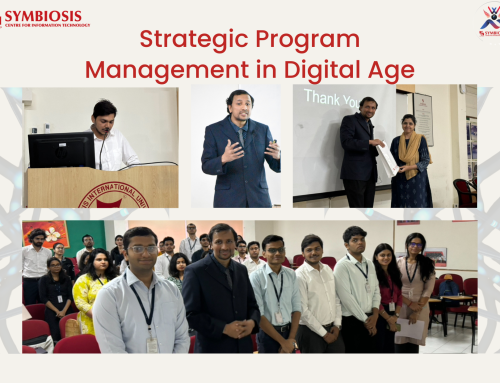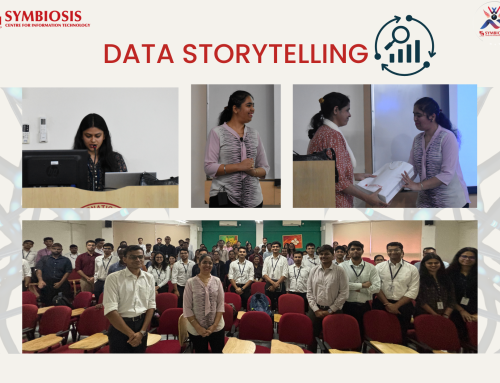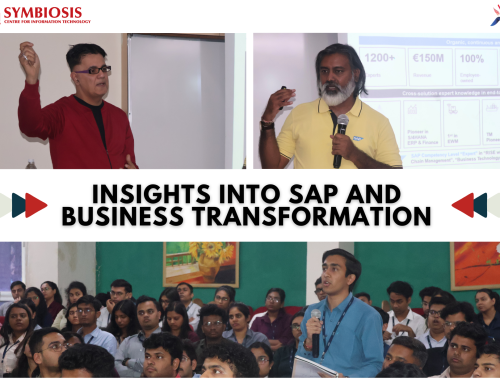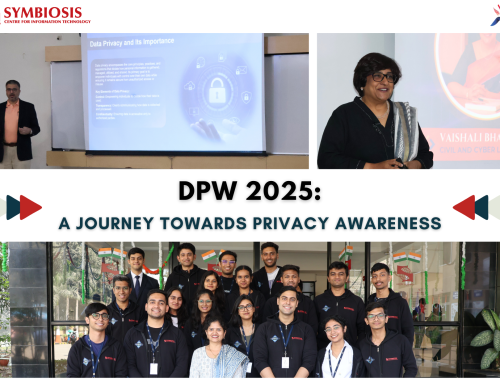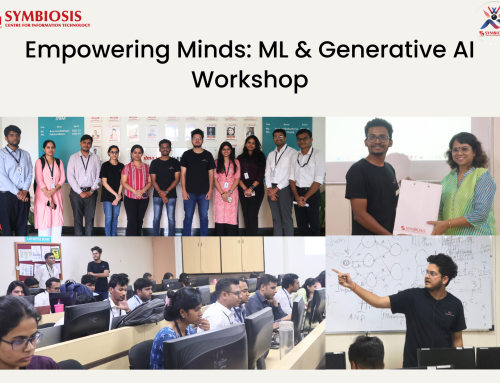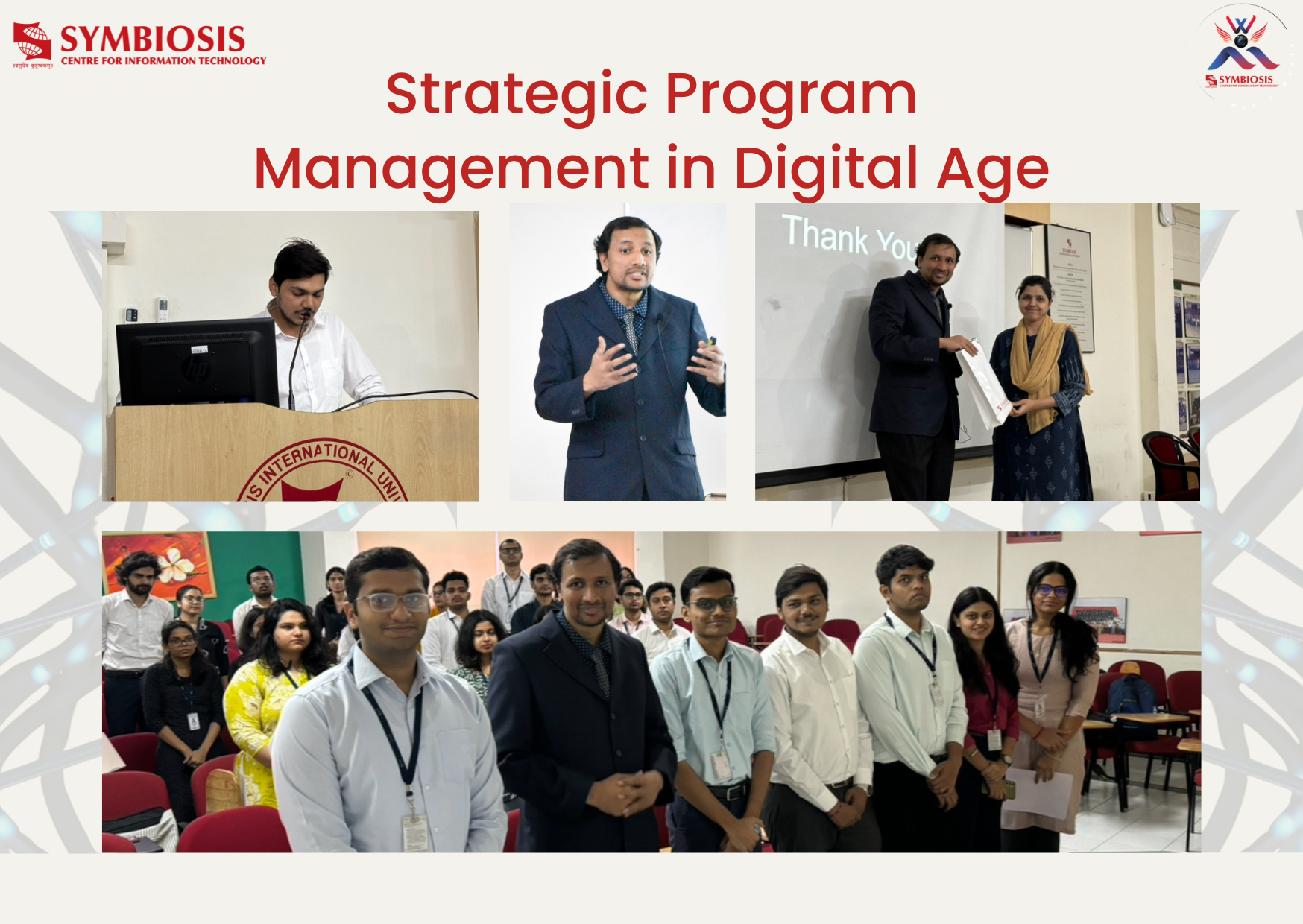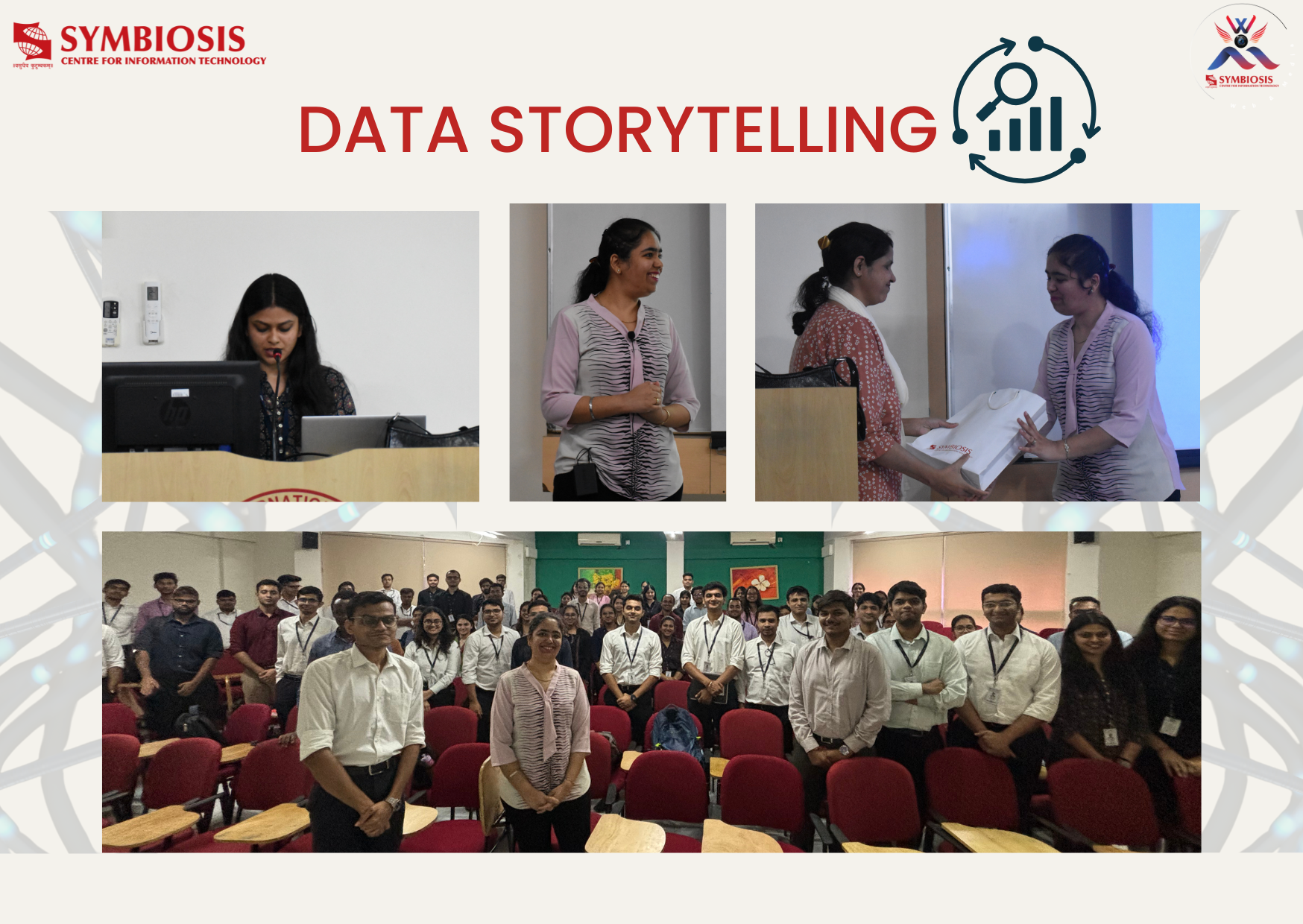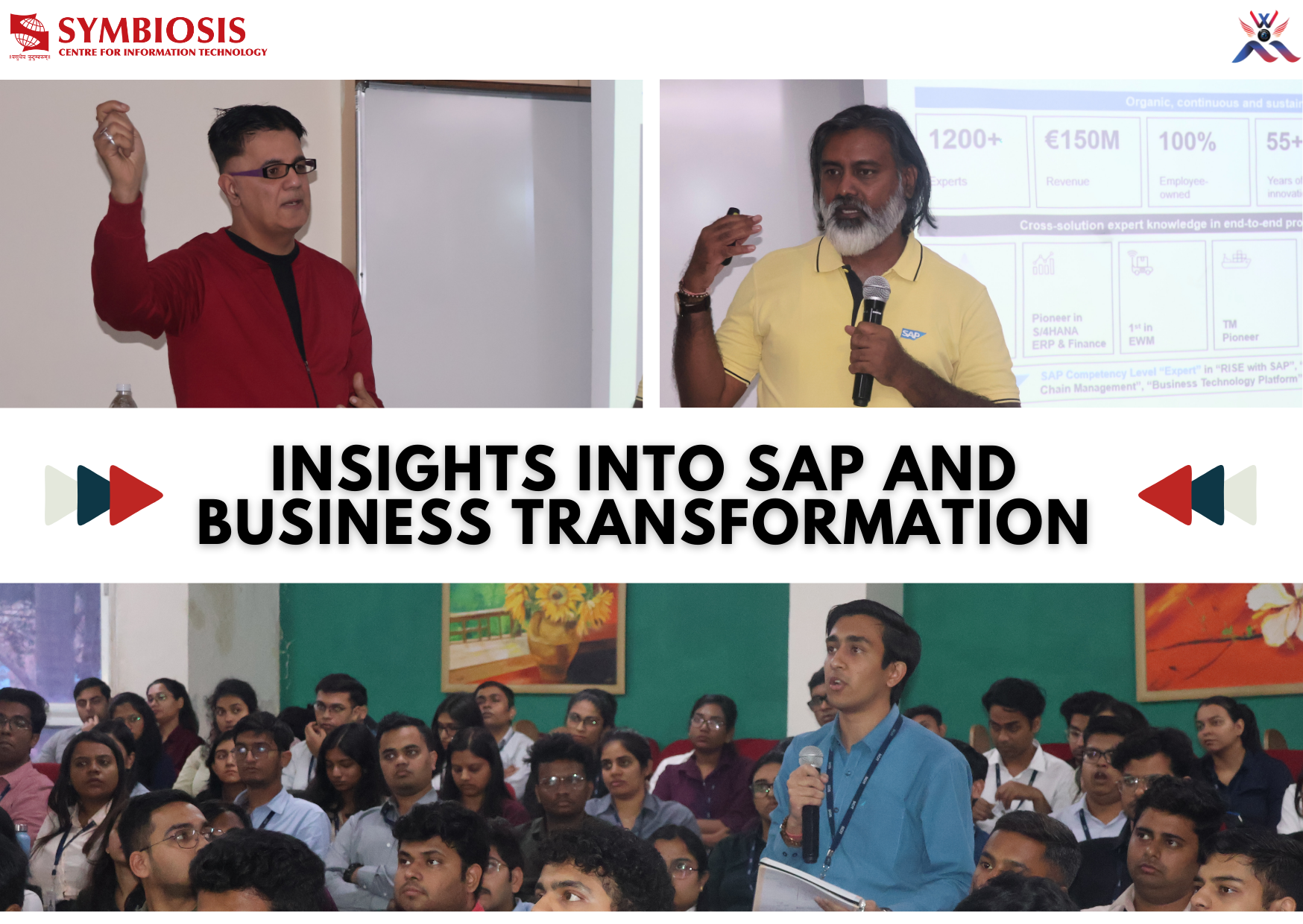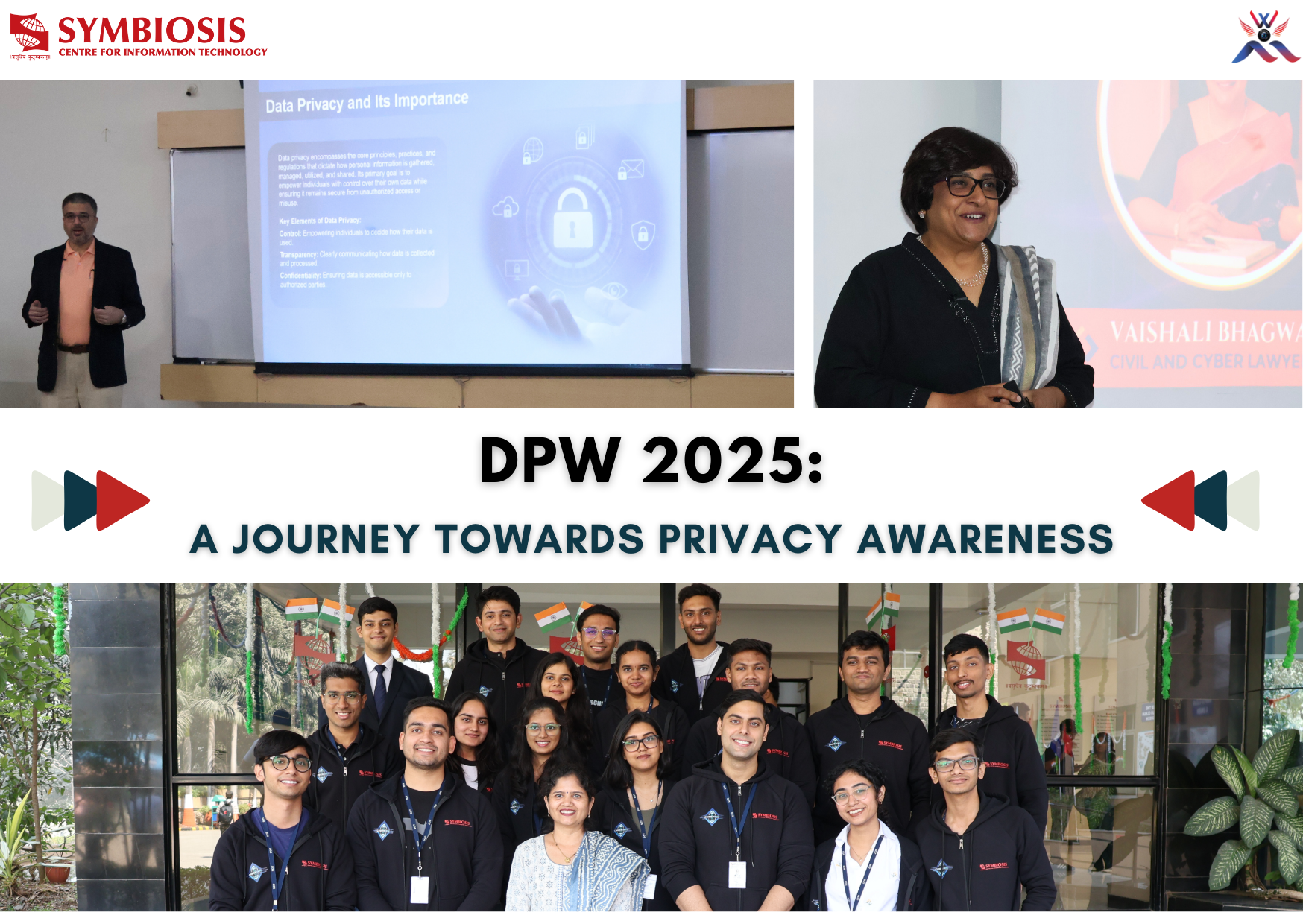Analytics in credit risks and FinTech
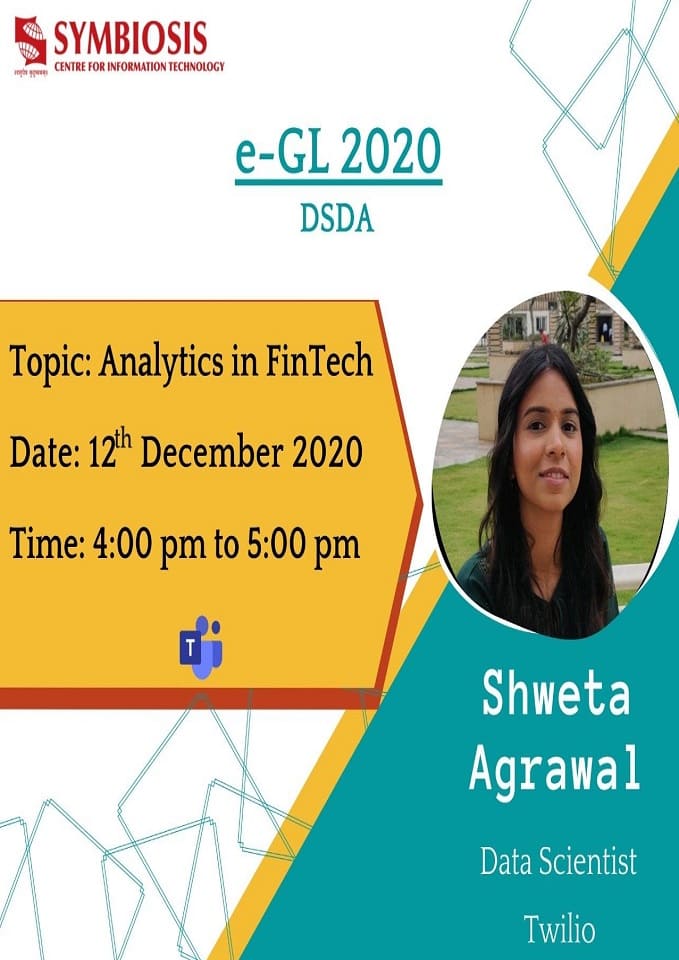
On 12th December 2020, there was an e-GL on the topic ‘Analytics in credit risks and FinTech’ by Miss Shweta Agrawal working as a Staff Data Scientist at Twilio. She was working as a former Data Scientist at Ola company.
The speaker started the discussion with Financial products classification where she explained pre-paid products and credit products lifecycle.
Pre-paid products are usual service products customers pay money upfront to receive services. The challenges involved is in marketing. In marketing, there’s segmentation and targeting customers based on the analysis of their profile. Making profit is another challenge as the margin is very thin. Prepaid product life-cycle involves leading the customer to tie a deal and understand their propensity to purchase. There is also cross selling which is pitching customer another product. Examples are saving account, current account, insurance, debit cards et cetera.
The speaker emphasised on credit products. In credit products, the money is being borrowed from the institute. The institute decides the right amount to lend and the interest rates too.
It relies on Aggregated Socio Economic Data which is obtained by doing a Marketing research for profiling a demographic to identify the neighbourhood of the applicant. FinTech institutions and banks rely on Savings account balance, volume and the frequency of the transaction. For OlaMoney Credit Card, the user behaviour, destinations travelled, type of vehicle used, the recharges, bill spends, average spending on a ride is evaluated. The loan is given based on spending pattern and if there is historical repayment.
Examples are loans, EMIs, credit card et cetera.
The credit products life-cycle involves identifying the right customer for up-selling, cross-selling, acquisition and recovery. She shed some light on Life Cycle Management Analytics where the action taken by firm is on existing customer either for line increase on credit card, declining transactions or for cross-selling. She also discussed how Portfolio management is similar to Life Cycle Management.
The speaker spoke about acquisition process involving pre-approval, risk models like fraud risk and credit risk, policy assessment, credit limit assessment and approval with credit limit. The Acquisition Analytics and associated tools are used for new customers with no previous credit relationship with the issuer banks. The underwriting, also called as acquisition is the most critical for financial services where one defines whom to give loan to. Good acquisition means the financial agency is able to make profit.
She next discussed about collection analytics where few customers are prioritised either to outsource them to another recovery agency or to reach out to them. Collection is very critical to contain portfolio losses in developing economies where laws & order are weak.
The challenges involved with credit products are identifying the fraudsters, assessing the credit worth, optimising the credit line and interest pricing. Often for fraudulent activities, the data of users is taken from the dark web where the fraudsters cook up address and then apply for loan. This is not much common in India as the citizens have unique identity number in the form of Aadhar and PAN Card’s. So the institute checks how many applications originate from one address.
The speaker closed the discussion with a case study on acquisition model (PD model). Gradient boosted decision trees are most common in credit industry. Deep learning isn’t used since credit industry focuses a lot on interpretation. Recall, F1 and precision metrics is used for approval or decline and based on fraud model. AUC and Gini metrics help to distinguish lower risk and higher risk. In the end, the students cleared their queries.

